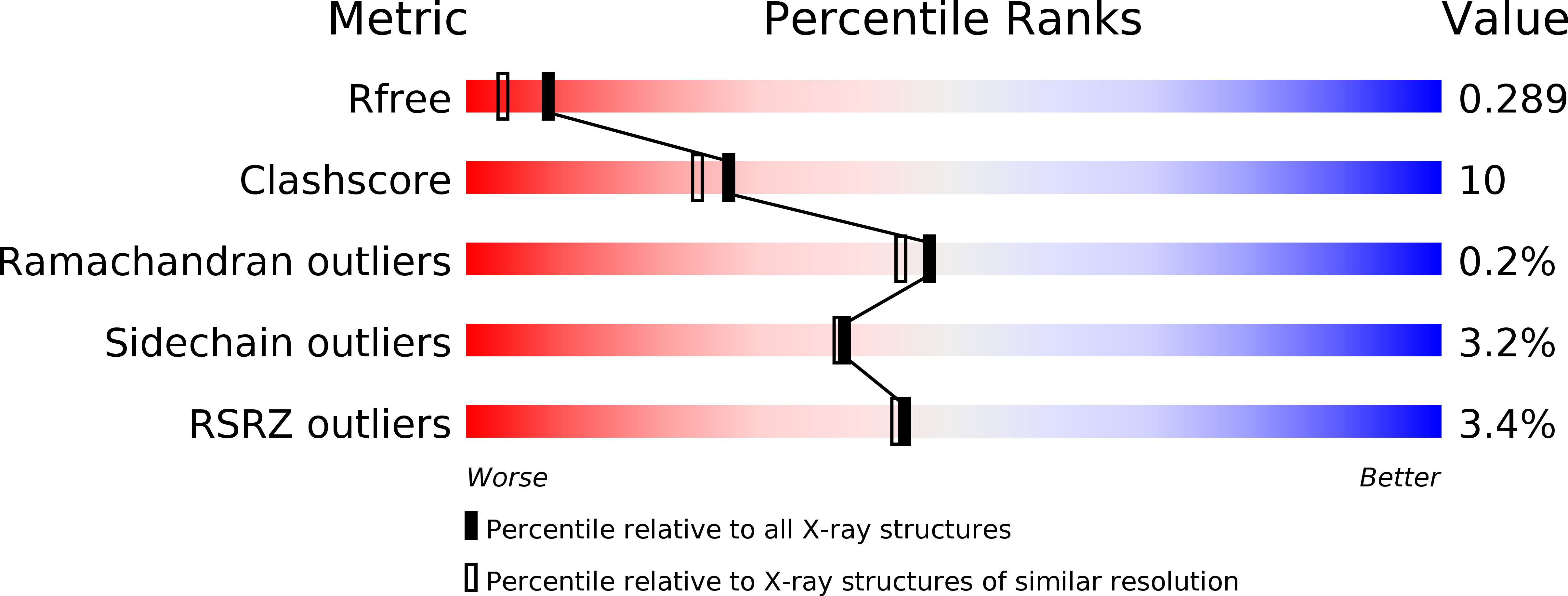
Deposition Date
2002-10-17
Release Date
2003-11-11
Last Version Date
2024-02-14
Entry Detail
PDB ID:
1N1D
Keywords:
Title:
Glycerol-3-phosphate cytidylyltransferase complexed with CDP-glycerol
Biological Source:
Source Organism:
Bacillus subtilis (Taxon ID: 1423)
Host Organism:
Method Details:
Experimental Method:
Resolution:
2.00 Å
R-Value Free:
0.29
R-Value Work:
0.24
R-Value Observed:
0.24
Space Group:
P 1


